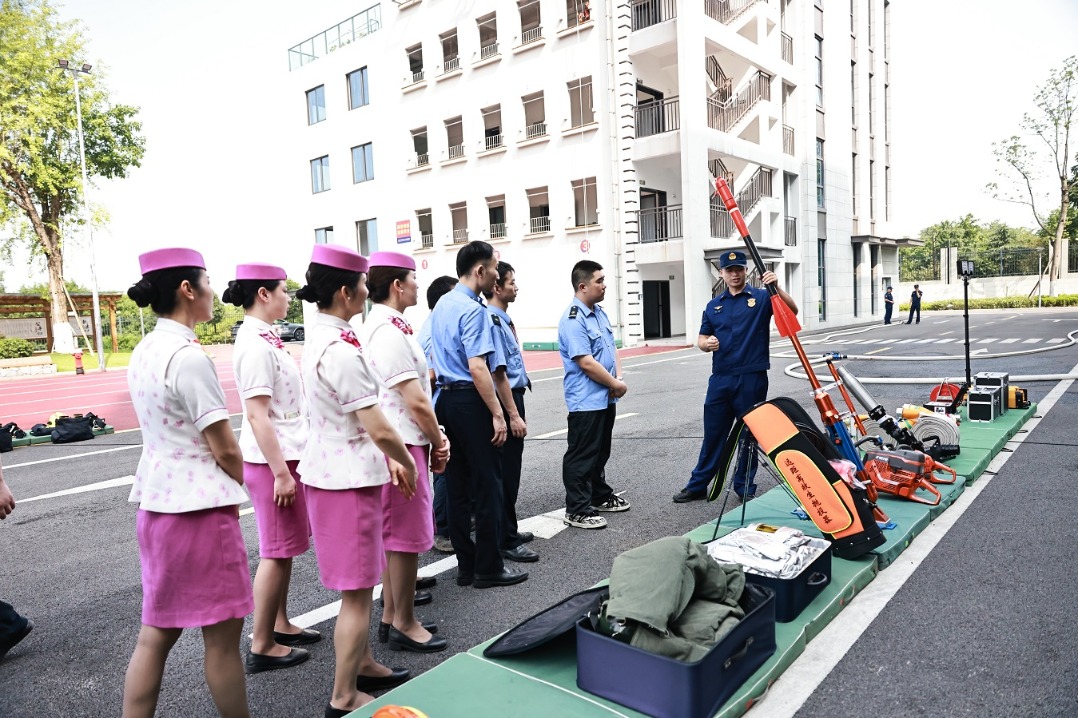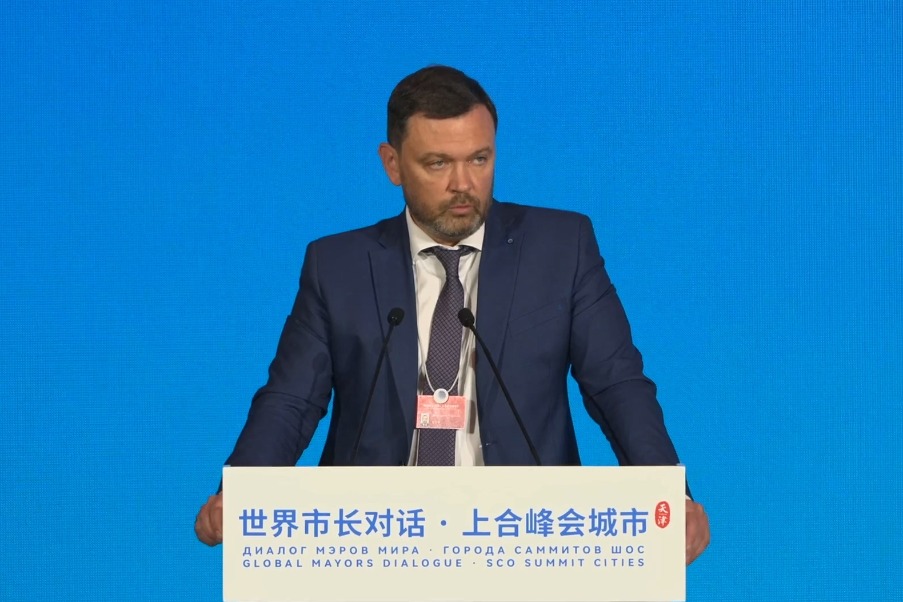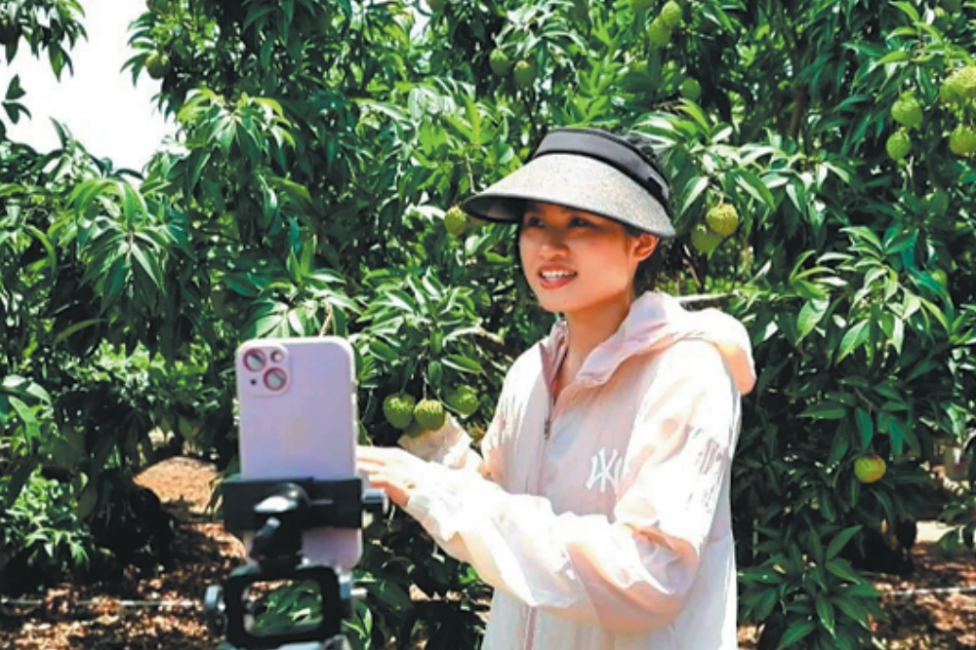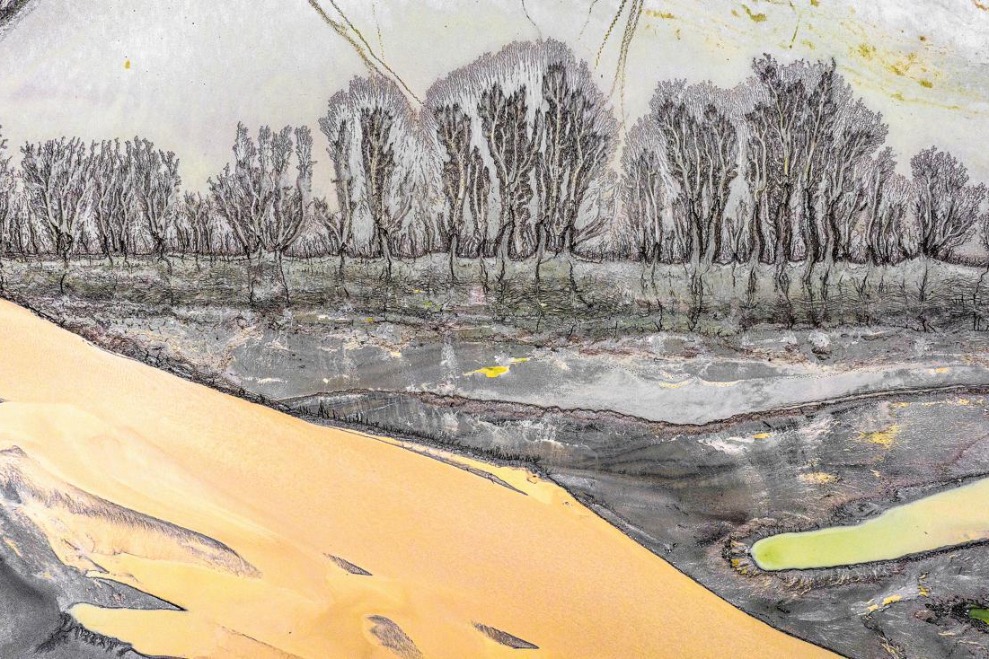Ancient 'bestie' figurine charms modern museum visitors

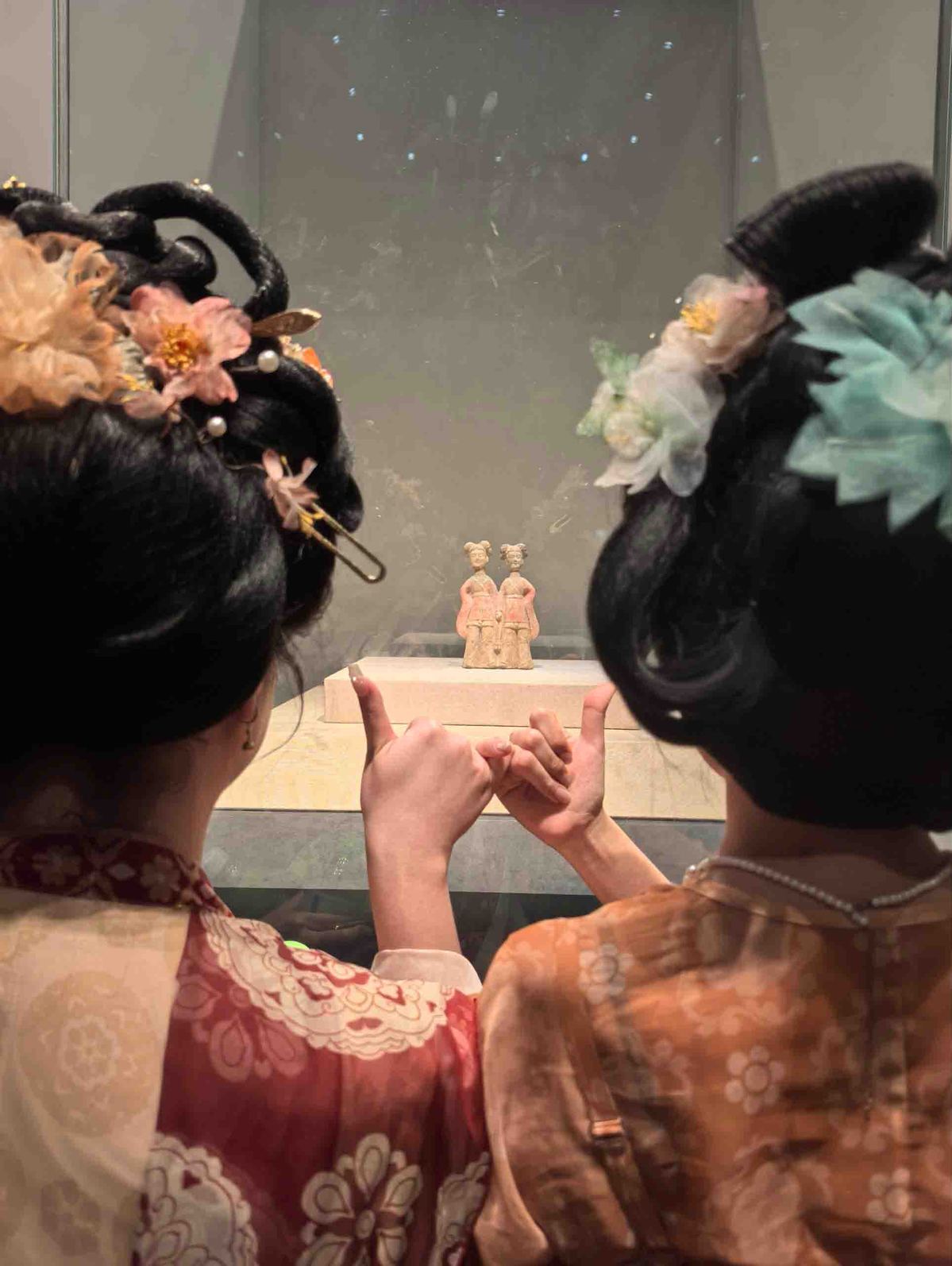
He added that the "hand-holding figurines" might have been an artisan's spontaneous expression of emotion about 1,500 years ago. "Little did they know that their work would evoke a cross-temporal emotional connection with people millennia later."
He suggested that museums leverage public interest to deepen historical and cultural knowledge dissemination.
Du Xiaofan, a professor at the Department of Cultural Heritage and Museology of Fudan University in Shanghai, said that in recent years, what captures public attention isn't always the artifacts of critical significance in the development of Chinese civilization.
"People are now more drawn to exhibits that offer emotional comfort, joy, or personal resonance. These artifacts, whether intentionally or not, connect with modern audiences on an emotional level, making them more relatable and engaging," he said.
According to Du, traditional museums traditionally focus on helping the public understand the past by presenting historical facts. But today, they must evolve and inspire visitors to reflect on their present lives and future possibilities.
Museum professionals should incorporate these insights into exhibition planning and presentation methods, ensuring that cultural heritage remains relevant and meaningful to all audiences, he added.
- Qilian Mountains glisten with summer snow
- Former deputy chief of China's State Tobacco Monopoly Administration expelled from CPC
- Chongqing railway workers enhance fire safety for summer travel peak
- China-US youth in one voice: Sing for peace
- A cultural flash mob like no other!
- Bond with Kuliang: 2025 China-US Youth Choir Festival opens in Fuzhou

















